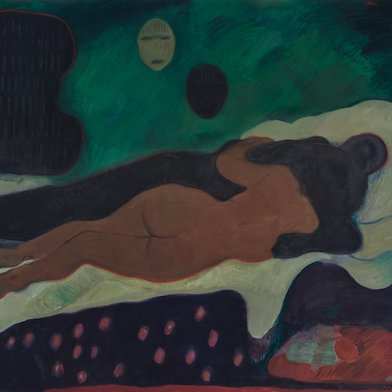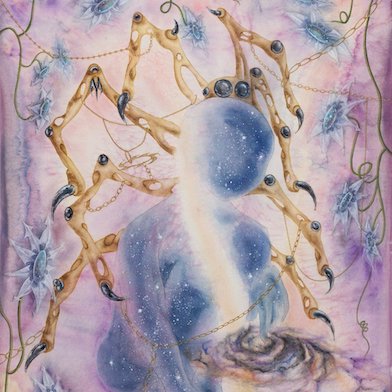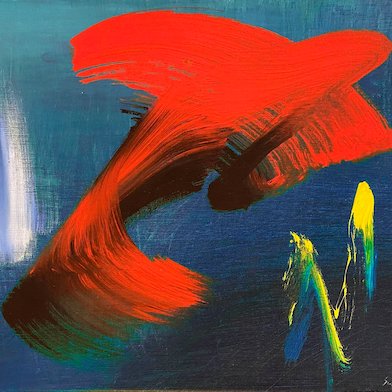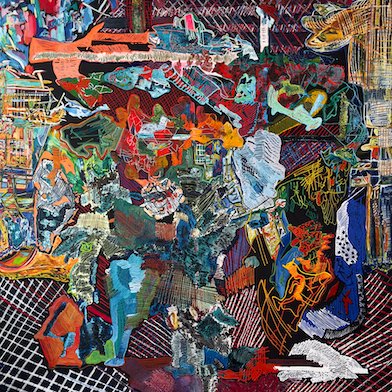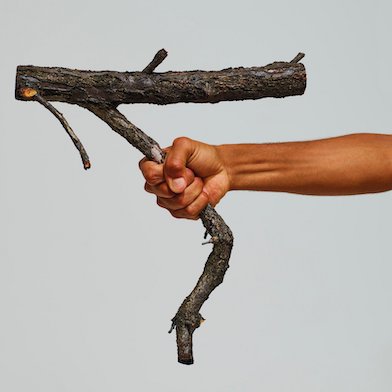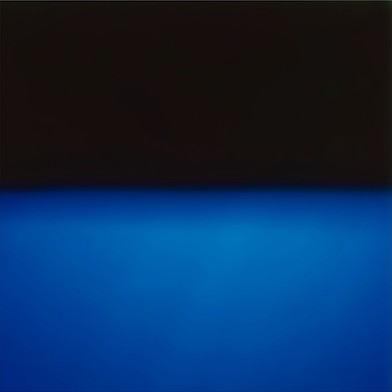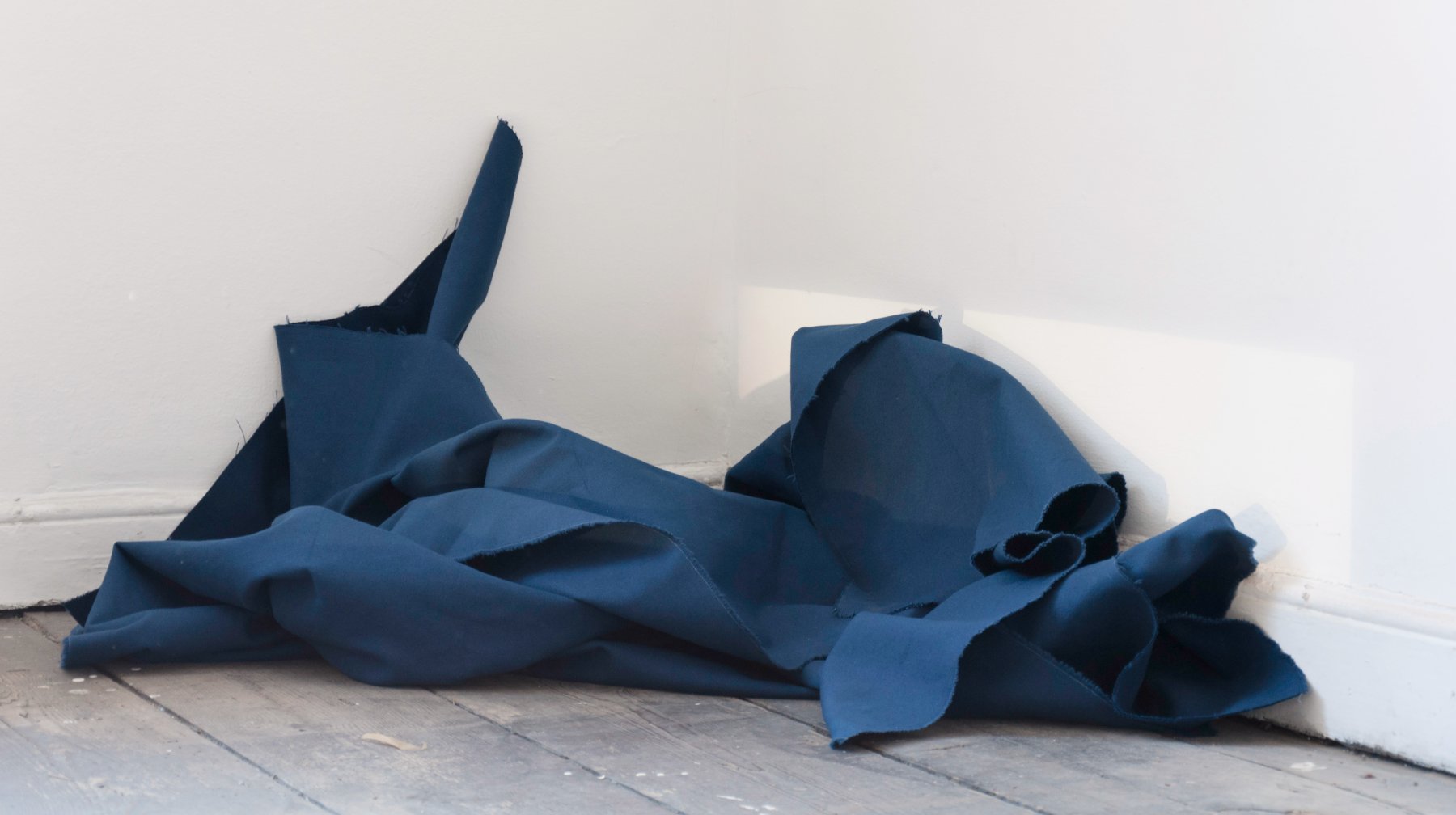
Open: Tue-Sat 11am-6pm
Visit
Barry Flanagan: Imaginary Solutions
Galerie Max Hetzler, Potsdamer Straße, Berlin
Fri 3 Feb 2023 to Fri 10 Mar 2023
Potsdamer Straße 77–87, 10785 Barry Flanagan: Imaginary Solutions
Tue-Sat 11am-6pm
Artist: Barry Flanagan
Opening: Friday 3 February, 6pm-8pm
Galerie Max Hetzler presents Imaginary Solutions, an exhibition showing sculptures, film stills and works on paper by Barry Flanagan (1941–2009) from five decades of his work.

One of Britain’s most inventive and charismatic sculptors, Barry Flanagan worked across a range of media and styles from the 1960s onwards until his early death in 2009. His practice encompassed not only solid materials, but also elusive forms such as daylight, moonlight and other light sources, as well as sound and its absence, which Flanagan considered to be as intrinsic to sculpture’s character as weight and volume. In his work, any material from industrial sand to cloth, stone, clay and metal could become a sculptural form. He talked about the smell of objects and how they were uniquely attributed. After his Minimalist practice of the 1960s and 1970s, Flanagan’s investigations turned to figuration in 1979, and in later life he became best known for his bronze statues of biomorphic forms alluding to animals, human figures and mythological creatures.
In this exhibition we find examples from Flanagan’s earliest conceptual works, based on serialism, repetition, colour and the process driven concerns of Minimalism, through to the collages on paper concerned with an investigation into the nature of material as much as form, the figurative bronzes of the 1980s and ’90s, right until his silver cast Croissant in Silver (Bread Roll) from 2006. The earliest work on display, metal 2 ’64, 1964, is an intelligent and humorous piece, which quotes and questions the attitude to formalism promoted by his teacher Anthony Caro. Where Caro used firm structures and glossy paint, metal 2 ’64 while made from similar salvaged materials, is deliberately unstable and unfinished. Following on chronologically, three works from Flanagan’s 1969 ‘daylight light piece’ series are imbued with a subtle and poetic quality: beams of light are projected onto an empty corner of the exhibition space, a crumpled length of blue canvas, and a piece of cloth pinned to the wall respectively, taking the viewer unawares and exemplifying the artist’s elevation of light as a sculptural material.
In the late 1960s, in collaboration with video artist Gerry Schum, Flanagan began working on the short film A Hole in the Sea, 1969, in Scheveningen on the Dutch coast. Engaging with the land as a sculptural medium – an art form which would become widely recognised under the term Land Art – the film documents the gradual disappearance of a hollow cylinder buried in the sand with the changing tide of the North Sea. Three ‘hole in the sea’ film stills from 1967–1970 are on view. While the film draws to a close with Flanagan removing the transparent glass cylinder from the sand, thus disavowing the enigma of the hole and revealing it as sculpture, the three photoscreen prints on paper, taken from a bird’s-eye view, preserve its mystery.
The exhibition also presents several works on paper, including a series of untitled collages, made in 1968 from coloured shapes of children's sticky-back paper pasted onto blank sheets. The tactile properties of the collages, with their torn, frayed edges, demonstrate Flanagan’s experimentation with different effects, preempting his later metal works. Another series, ‘Jan 70’ from 1970, exemplifies his fascination with the transactional, in art, in money and in life: blue ink patterns are made from the artist's thumbprints on paper, in formations which are either dense or very sparse, regular or irregular, creating aesthetic and complex images which toy with notions of authorship and ownership.
Toward the late 1970s, Flanagan began experimenting with ambiguous forms that bridged the mythological and the real, through fantastical interpretations of animals. Amongst these, the hare – with its rich symbolism from both Christian and pagan mythology, shamanic properties, vital power and elegance – caught the artist’s imagination in a way which would shape the rest of his career. Central to Flanagan's sculptural vernacular is the whimsical and humanlike quality of his hares, as encapsulated in the dynamic portrayal of one such creature poised on a cricket stump in The Cricketer, 1989, or in the stretched and springing hares of Six Foot Leaping Hare on Empire State, 2002, and Hells Bells, 2005. Flanagan’s sculptural practice was an expression of his mercurial persona, which his contemporaries have often associated with the animated and larger-than-life hares he depicted. Absorbing the myths and folklore of the land, the artist opened up a multitude of possibilities over the course of a deeply influential and innovative career.
Barry Flanagan (1941–2009) was born in Prestatyn, North Wales. The artist lived and worked in London and Dublin, and died in Santa Eulalia del Río, Ibiza, Spain. Flanagan’s work has been internationally exhibited in institutions and public spaces including Knokke-Heiste (2022); Ikon Gallery, Birmingham (2019); Kröller-Müller Museum, Otterlo (2018); Tate Britain (2016 and 2011); Chatsworth House, Derbyshire (2012); Vero Beach Museum of Art, Florida (2008); Kunstraum Deutsche Bank Salzburg (2007); Irish Museum of Modern Art, Dublin, and Dublin City Gallery The Hugh Lane (2006); S.M.A.K. (2005); Kunsthalle Recklinghausen; Musée d’art Moderne et d’art Contemporain, Nice (both 2002); Tate Liverpool (2000); Grant Park, Chicago (1996); 54th to 59th Street, New York; University of Iowa Museum of Art (both 1995); Musée des Beaux-Arts de Nantes (1993); Yorkshire Sculpture Park, Wakefield (1992); Tate, London (1986); Centre Georges Pompidou, Paris (1983); Whitechapel Art Gallery, London (1982); Institute of Contemporary Arts, London (1981); Van Abbemuseum, Eindhoven; Serpentine Gallery, London (both 1977); and The Museum of Modern Art, New York (1974), among others. The artist represented Britain at the XXXX Venice Biennale in 1982.
Flanagan’s works are in the collections of the Art Institute of Chicago; Centre Pompidou, Paris; Hirshhorn Museum and Sculpture Garden, Washington D.C.; Irish Museum of Modern Art, Dublin; Kunsthaus Zürich; The Museum of Modern Art, New York; National Gallery of Victoria, Melbourne; National Museum Cardiff, National Museums and Galleries of Wales; Peggy Guggenheim Collection, Venice; San Francisco Museum of Modern Art; Scottish National Gallery of Modern Art, Edinburgh; Solomon R Guggenheim Museum, New York; Staatsgalerie Stuttgart; Stedelijk Museum Voor Actuele Kunst, Amsterdam; Tate, London; Tokyo Metropolitan Art Museum; Van Abbemuseum, Eindhoven; Victoria & Albert Museum, London; and Walker Art Center, Minneapolis, among others.

